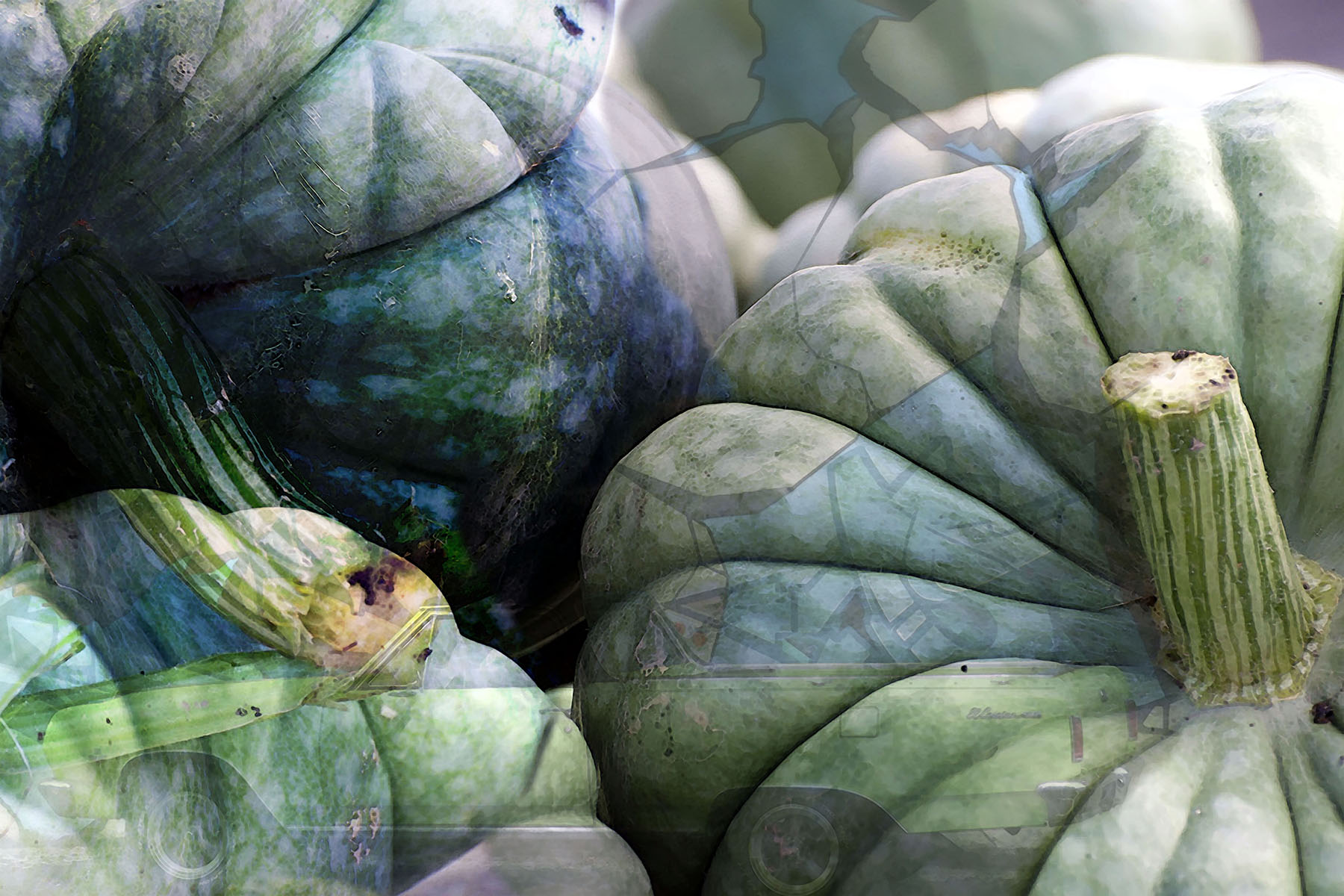You get a reprieve, dear reader. In my ongoing quest to figure out how the mind works, I was going to write about new theories of consciousness proposed by neuroscientist Anil Seth. His work is the most recent iteration of figuring out the mind/body problem. He discusses the fact that what we perceive consciously is both informative – that one given experience is different from everything else you ever have or ever will perceive – and integrated, every aspect of perception is tied into a whole in fundamental ways. He also has become known for his claim that our brains in some way hallucinate our conscious reality.
But then I thought,”Nah, it’s Friday, let’s do something less demanding. If they want to read up on it, a good intro can be found here.” Let’s just cite one bit since it relates to some of the motivation behind my montage work, which often attempts to take one perception and create one of the many possible alternatives.

“Each (conscious experience) rules out the occurrence of a very, very large repertoire of alternative possible conscious experiences. It’s the reduction of uncertainty among a repertoire of alternative possibilities.“
I guess art is then the search through the repertoire of alternative possibilities….

On to something more entertaining – with montages that were chosen today as a counterweight to the words below: pumpkins bringing color and light to words describing darkness.
What words do we know about the fading or absence of light? Isn’t that question perfect for a stygian, rainy weekend? Stygian, you know, extremely dark, gloomy, or forbidding? From the river Styx where souls are ferried to the underworld? Well, this English-as-a-second language writer hadn’t heard of it either. (I found all of them in the Merriam Webster dictionary.)

I did know umbra, though, from the Latin word for shadow. Not versed in its many variations, however. Adumbrate (to foreshadow; to suggest; to obscure,) inumbrate (to put in shadow,)sombra (the shady side of a bullfight arena – tickets cost more?)burnt umber (a dark brown color,) umbrage (shade; suspicion; resentment,) and last but not least umbrella (device for protecting from rain.)

Next we have tenebrous which means “shut off from the light,” a synonym of dark or murky. Which leads to feeling somber, (gloomy, sullen, melancholy, or dejected in appearance or mood.)
There is caliginous (misty, dark,) and its cousins fuliginous (dark, having the color of soot,) and carbonous (“brittle and dark or almost black in color.”)

Maybe we should focus on crepuscule, a fancy word for twilight or gloaming which is a synonym of “twilight” or “dusk.” There’s at least a smidgen of light still there. And gloaming comes from the Old English word “glōm,” which is akin to “glōwan,” meaning “to glow,” which is what my patient pumpkins try to do in their new visual roles. May they bring cheer!

Music: Liszt’s Nuages Gris (Grey clouds) seem the right fit, in original piano score and then a version for guitar which is actually interesting. And when you’re done with everything else, go out and pick some pumpkins! Just don’t wait until it gets dark….







Sam Blair
Don’t know nothin’ ’bout all them fancy-pants words. But I sure does love that pumpkin art! Trouble is, I can’t decide on my favorite, they’re all so good.